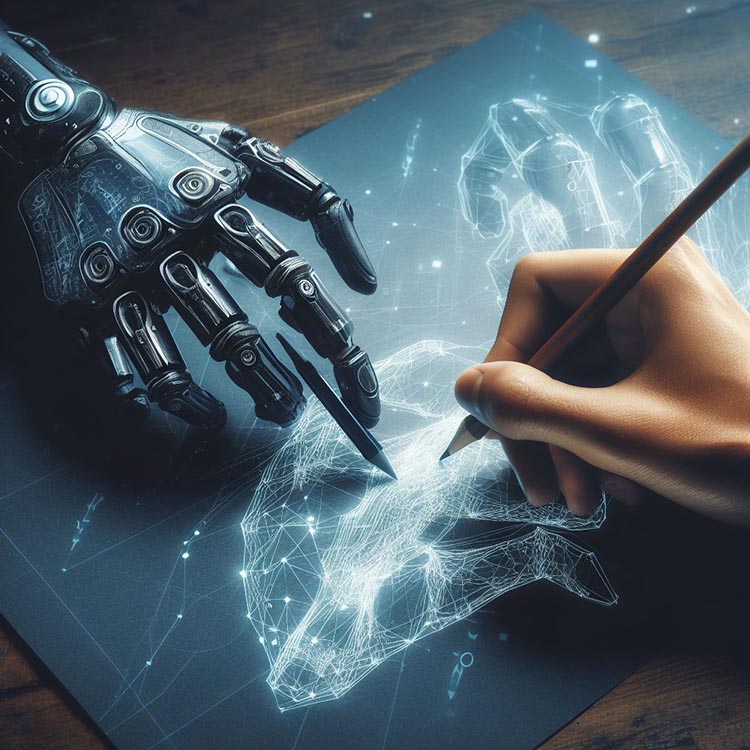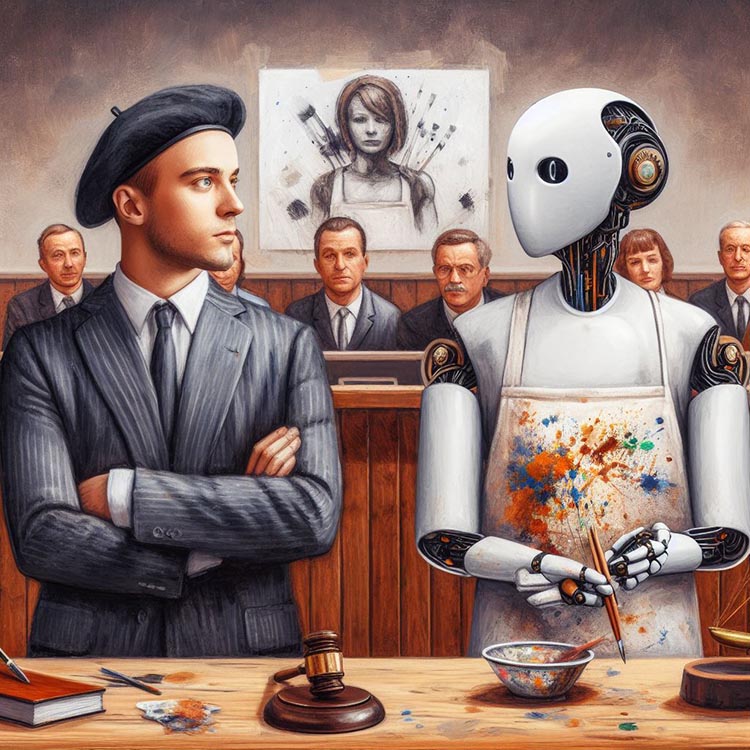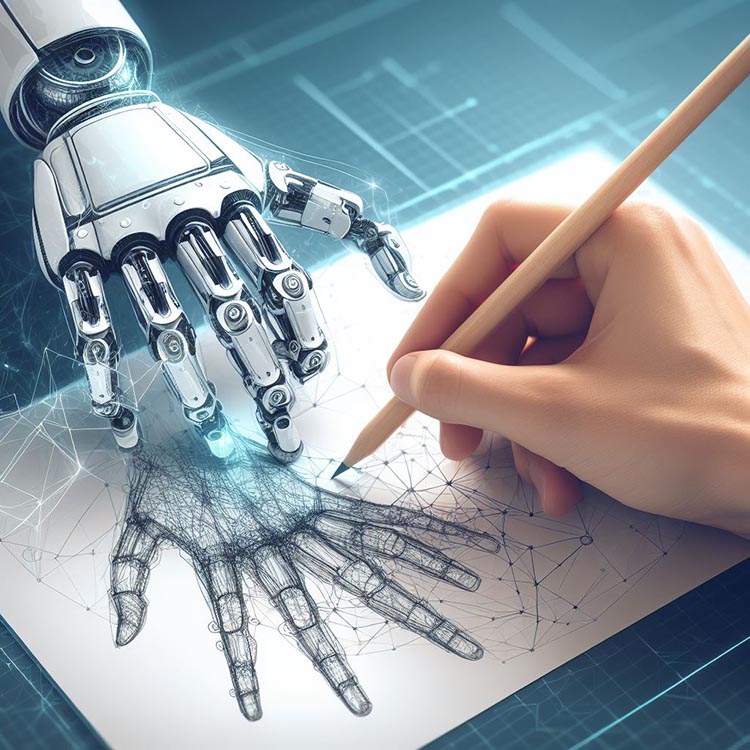Deciding who owns art created by artificial intelligence (AI) is a complex issue without a clear answer. Different legal systems might interpret the ownership of AI-generated art in various ways. Some view AI as a competitor to artists, while others see it as a tool that enhances creativity. This text explores possible scenarios and relevant laws regarding AI-created art.

Legal Considerations
If an artist uses AI to express their creative vision and shows originality in choosing inputs and editing outputs, they may claim copyright for the work. Using AI as a tool while providing ideas and ensuring the work has a unique identity means the final piece could be the artist’s property. This is similar to using a camera or software; the artist is still the creator, even with a tool.
On the other hand, if AI generates the work independently without human guidance, the work might not receive copyright protection. The law usually requires a human artist for a work to be considered original and protected. Even though AI simplifies image creation, creating a piece with independent thought and identity still requires artistic direction. AI offers unique capabilities that can be best used with artistic skills.

Challenges in Ownership
Determining ownership between the artist and AI involves several factors:
- Artist’s Role: If the artist uses AI as a tool, they have more control. The artist decides on inputs and edits outputs, which might allow them to claim ownership. However, if the artist only activates AI and it creates the work on its own, AI might hold ownership.
- Creativity and Originality: Ownership can depend on how unique and innovative the work is. If the work shows creativity from either the artist or AI, ownership might be assigned accordingly. If the work copies other creations, neither party may claim ownership.
- Value and Impact: Ownership might depend on the work’s artistic, social, cultural, economic, or scientific value. If the work benefits society, ownership might belong to the creator. However, if the work lacks value or is harmful, it might not belong to anyone.
Conclusion
These factors influence how we determine ownership between the artist and AI. Other factors might also come into play depending on each work’s specific context. Thus, deciding ownership requires evaluating all legal, ethical, artistic, and social aspects.


